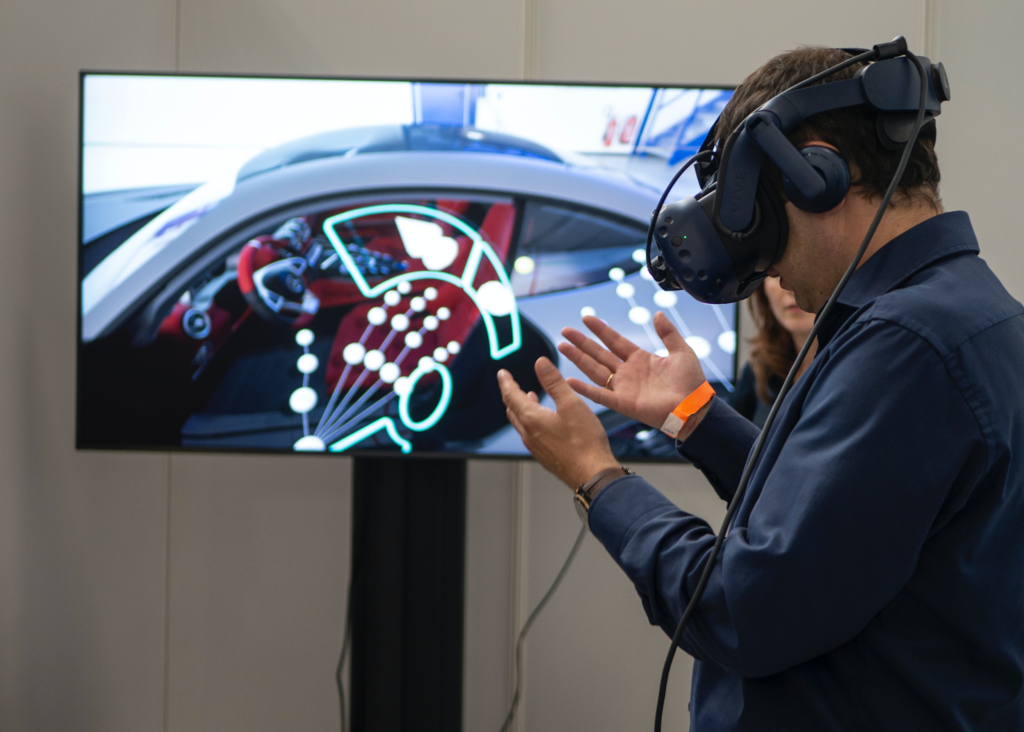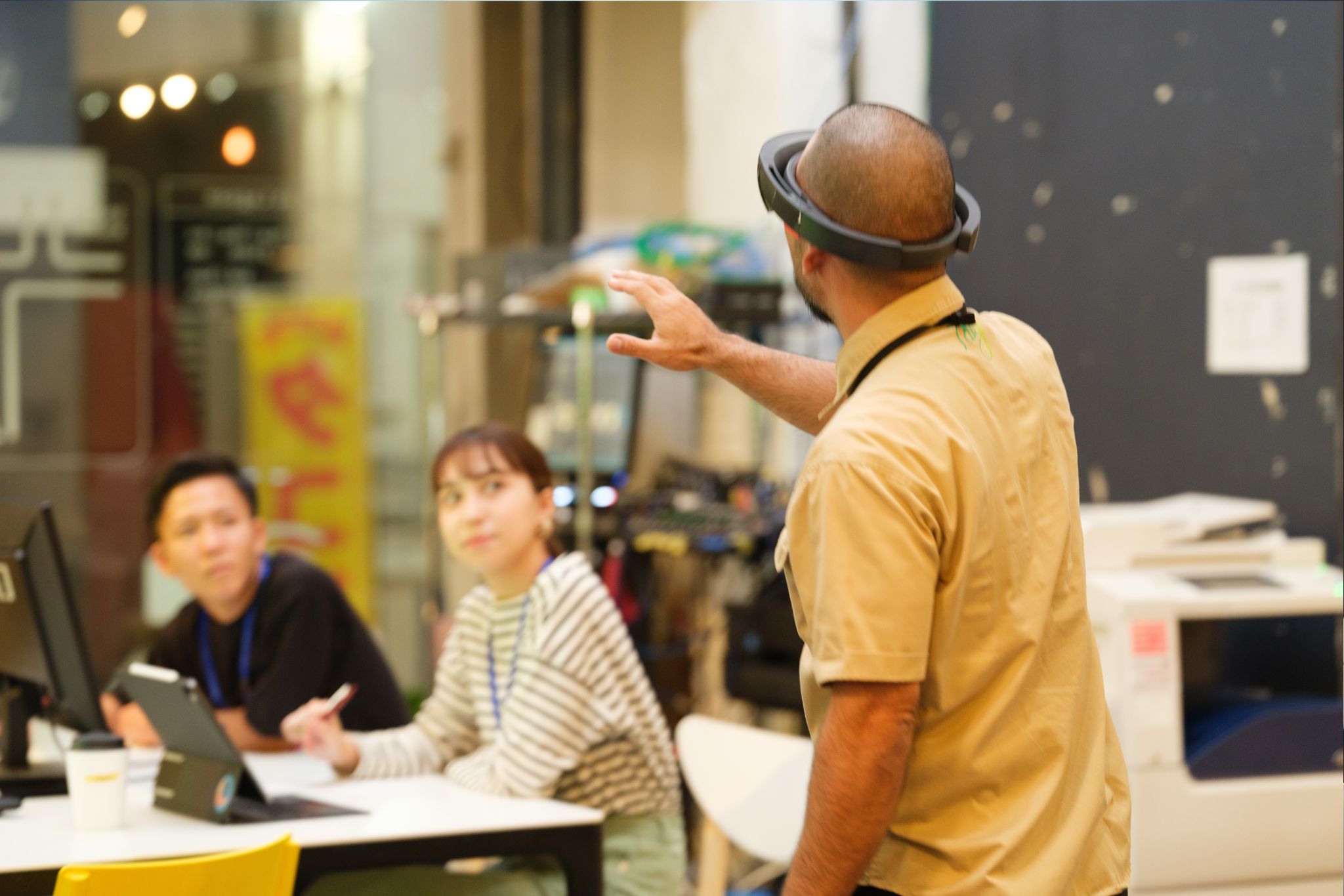Of course it is no surprise that in an age where everything is defined by rapid technological advancements, businesses are stumbling upon or deliberately discovering innovative ways to leverage technology to enhance customer experiences (CX). From personalized interactions to streamlined processes, technology has become a very important tool for organizations that are keen on building long-lasting rapports with their customers. Because after all, brand loyalty is the end game.
The rule of thumb when reshaping the customer experience is personalization at scale. As opposed to providing cookie-cutter experiences that employ generic strategies for customers. Generic strategies do not take the requirements or a customer’s individual preference to account. Companies, through the use of data analytics and artificial intelligence, can customize their offerings to satisfy individual customers.
Through advanced algorithms customer behavioral patterns can be analyzed, enabling companies to suggest relevant products, services, and content. To commit to a deeper level of personalization, companies must collect relevant data. Not just engagement data, but also data from business processes. So that the business can improve customer experience and profitability, simultaneously. At the end of the day, there will be something for everyone and not just a homogenous pool of products.
Another tool that can complement personalization is predictive analysis which anticipates customer needs. Predictive analysis uses historical data and machine learning to forecast future trends and preferences. Retailers can stock products that are likely to be in demand, reducing the risk of overstocking or shortages. Not only will this benefit businesses but also ensures that customers find what they are looking for when they are looking for it.
Because as recent observations suggest, a challenge that enterprises encounter daily is the increased levels of personalization that customers expect. Mary Reines, in her article about customer experience and the use of AI, quotes Pasquale DeMaio, AWS Amazon Connect vice president to illustrate how “customers are now expecting 90% or more levels of personalization”.
PERSONALIZED AND CURATED
To keep up, businesses such as e-commerce giants now present shoppers with curated recommendations based on their browsing and purchasing history, making the shopping experience more engaging and convenient.
Imagine stumbling across an online store that sells the exact pair of mom jeans that you were looking for. It is almost like winning the lottery.
A close second to personalization is customer experience technology that balances the machines with a human touch. While this may sound like coming back to square one, it is not. This is when two powerful forces come together as one to deliver an extraordinary customer experience.
While technology brings efficiency and customization, it may struggle to replace the human touch in customer service. Chatbots, for instance, handle simple queries via natural language processing but often pass complex issues to human agents. The reason is, these agents bring empathy, understanding, and experience to the table. They appear to fulfill the need for human-to-human interaction. This does not translate to technology falling short, but it highlights how technology can guide customers to a better experience, by directing them to human agents when the need arises. Firms can employ tech tools like customer data experiences, AI automation, and cloud contact centers for enhanced analytic and omnichannel experiences.
Furthermore, the satisfaction and loyalty of customers in the logistics industry are significantly shaped by their overall experience. Cue the entrance of Augmented Reality (AR) and Virtual Reality (VR).

AR AND VR MAKES THINGS BETTER
Technology is not really technology without two of its proudest possessions: VR and AR. They have emerged as potent tools that improve this experience through increased clarity, interaction, and tailoring. With the aid of VR and AR, customers are given the ability to monitor their orders’ progress, visually engage with the items that they chose and of course fine-tune their preferences.
These technologies can also create immersive and dynamic interactions that ameliorate the unique offerings and distinctiveness of logistics providers. For instance, VR and AR can illustrate the eco-friendliness and social impact of logistic operations or provide engaging educational and game-like components.
On top of that, even in fields like real estate, agents use VR tours to showcase properties, giving potential buyers a 360 experience without being present, physically.
Apart from the ones mentioned in detail, throw in services such as customer relationship management systems, customer experience management systems, email marketing software, and speech analytics into the mix and you have got a well-seasoned technological package that is devoted to enhancing the customer experience.
BUT, SOME ARE DOING IT ALL WRONG.
Yes, it is true that going digital has become ingrained in customer experience and that the last few years led to technological disruptions that prompted organizations across various sectors to explore new ways of engaging their audience via digital technology. But companies need to realize that despite the main character aura that technology emanates, it is only a part of the story.
First and foremost, it was discovered that the most captivating digital experiences originate from a profound understanding of the customer- their identity, desires, objectives, occupation, and even their emotional perception of themselves. This understanding precedes any technological initiative.
Sadly, many organizations do this in reverse. They give technology the upper hand and then consider customer understanding. This leads to ‘engineered insincerity’. This refers to the use of automation to feign genuine interest in the customer’s unique identity as a person.
Instances of engineered insincerity can manifest in various forms such as receiving an email dump from a retailer that shows no consideration, encountering chatbots that use slang and informal language to appear human and text messages galore that leave you with no choice but unfollowing them.
One of the best ways to digress from a path like that is to build a strong customer understanding. A fine, but simple example of this can be observed through L’Oréal.
L’Oréal recognises the significance of skincare in an individual’s overall well-being. Their ‘Skin Genius’ mobile application exemplifies this understanding by seamlessly blending tailored support via digital encounters. The app uses AI technology to analyze a privacy-protected image of the user’s face, thereby offering a personalized assessment of their unique skincare needs. To add to it, the app simulates the presence of an in-person beauty consultant, encouraging customers to think more about ways in which they can improve their skin further.
Providing an exceptional customer experience will always require the help of technology. However, technology should never overpower. And automation should not be the only element that determines the tone of the relationship between a customer and an enterprise.
(Sandunlekha Ekanayake)
